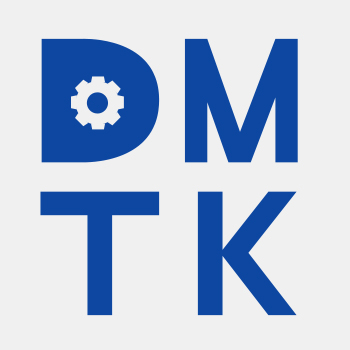
In the race to harness ever-more-powerful computing resources, we’ve created an unexpected bottleneck: our own code. Today, the brightest minds in scientific computing face challenges not from hardware limitations, but from adapting existing applications to new architectures. What should be a straightforward path to acceleration has instead become a detour that can consume years of development time.
The modern high performance computing (HPC) landscape presents a paradox. While we’ve built machines capable of extraordinary computational feats, we’ve also constructed barriers that prevent many organizations from fully utilizing them. As GPUs and other accelerator technologies evolve, they create a growing translation gap between software applications and hardware implementations. This disconnect forces developers to become multilingual experts in both their domain science as well as the intricate dialect of each new computing architecture they encounter.
Accelerating HPC Workloads Without Sacrificing Flexibility
Traditional GPUs and accelerators have been game-changers for parallel processing in HPC. However, their dependence on proprietary programming models and domain-specific languages has become an Achilles’ heel. Porting applications often means starting from scratch; rewriting code, adopting new languages, and optimizing for specific memory hierarchies and processing paradigms.
The difficulty of debugging highly parallel code and ensuring correct execution across thousands of threads further complicates this effort. Without specialized skills, even minor inefficiencies can result in significant performance degradation, creating steep barriers to entry. Behind these challenges lie substantial costs. Studies and industry estimates suggest that developers may spend anywhere from 45% to 90% of their total development time managing overhead tasks such as:
- Context Switching: Developing HPC applications involves juggling multiple frameworks, workflows, and execution models, which can eat up 20% to 40% of a developer’s productive time.
- Memory Management: Manually optimizing memory transfers between hosts and accelerators can consume 15% to 30% of a developer’s efforts.
- Data Transfer Optimization: Profiling, debugging, and improving data pathways can command an additional 10% to 20% of valuable engineering time.
These percentages quickly add up and turn HPC acceleration into an uphill battle before producing a single result. The net effect is longer time-to-science, delayed insights, and higher operational costs.
The situation becomes even more challenging because of the divide between the teams developing scientific models and those optimizing code for accelerators. This gap creates added friction, as it requires extensive coordination between domain experts and performance engineers. As a result, costs rise and project timelines are delayed.
Breaking Down Barriers with BYOC
For too long, organizations have had to accept these prohibitive costs when adapting applications to traditional GPU and accelerator architectures. There’s now a need for a new path forward that allows developers to speed up their applications with fewer barriers, which will ensure faster time to innovation without being locked into any particular vendor. The answer is a new kind of accelerator architecture that embraces a “bring-your-own-code” (BYOC) approach.
Rather than forcing developers to rewrite code for specialized hardware, accelerators that embrace BYOC would enable existing code to run unmodified. The focus should be on accelerators where the underlying technology adapts to each application without new languages or significant code changes.
This approach offers several key advantages:
- Elimination of Porting Overhead: Developers can focus on maximizing results rather than wrestling with hardware-specific adjustments.
- Software Portability: As performance accelerates, applications retain their portability and avoid vendor lock-in and proprietary domain-specific languages.
- Self-Optimizing Intelligence: Advanced accelerator designs can continually analyze runtime behavior and automatically tune performance as the application executes to eliminate guesswork and manual optimizations.
These advantages translate directly into faster results, reduced overhead, and significant cost savings. Finally liberated from extensive code adaptation and reliance on specialized HPC experts, organizations can accelerate R&D pipelines and gain insights sooner.
A Future of Unlimited Potential
The BYOC approach eliminates the false trade-off between performance gains and code stability, which has hampered HPC adoption. By removing these artificial boundaries, BYOC opens the door to a future where computational power accelerates scientific progress.
This shift will drive the next wave of breakthroughs in climate modeling, drug discovery, and financial risk analysis without requiring organizations to rewrite their core intellectual property. Innovation accelerates when scientists and engineers can finally focus on discovery rather than code translation, while organizations regain control of their time, expertise, and focus. A BYOC-centered ecosystem democratizes access to computational performance without compromise. It will enable domain experts across disciplines to harness the full potential of modern computing infrastructure at the speed of science, not at the speed of code adaptation.
At NextSilicon, this vision of BYOC, which lowers the barriers to scientific discovery, is what drives us. These capabilities are central to the Intelligent Compute Architecture (ICA) that underpins our current and future compute and accelerator products. By developing next-generation infrastructure that adapts to code, not vice versa, we’re creating an ecosystem where scientists access HPC’s full potential. We’re bringing hardware and software closer together to ensure imagination remains the only limit to innovation.






